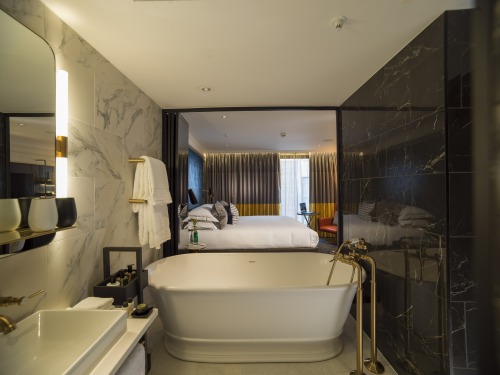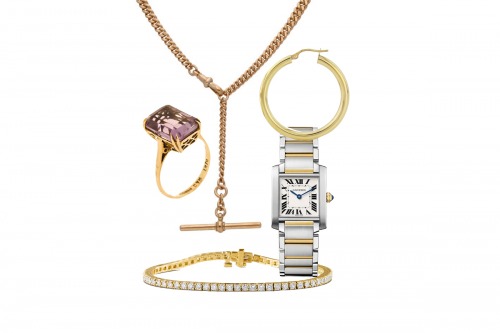Travel is Go; Where to Book now
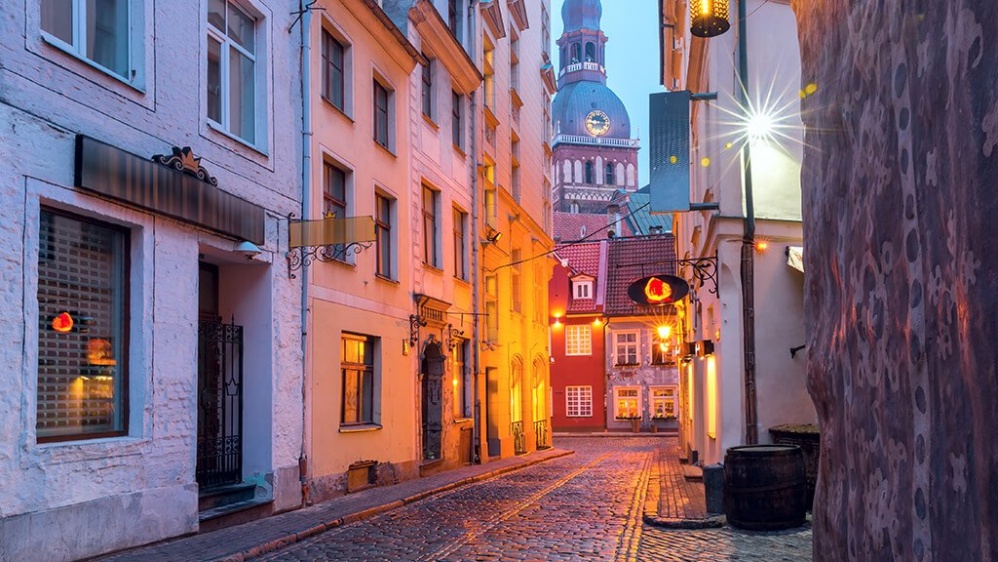
With a new hub for Ryanair at Newcastle Airport, and new destinations from other major air operators starting next year, now is the time to think about booking that holiday that’s been on hold for so long
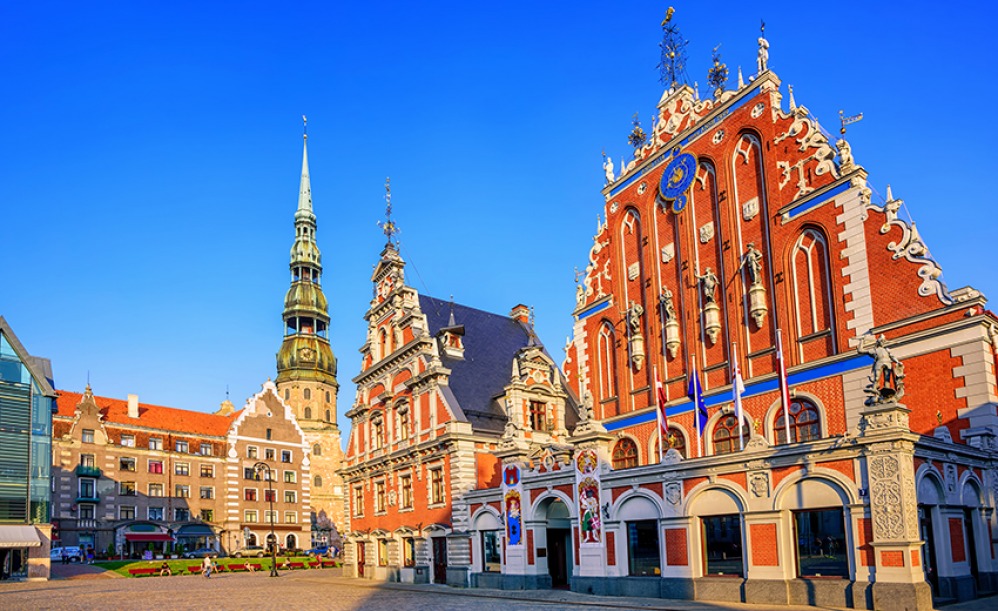
Riga
The biggest metropolis in the Baltics, (but still small enough to get around easily on foot and trolleybus) Riga is the perfect mix of timeless tradition and cutting edge cool. From the dainty painted houses in the Old Town, to the grandeur of the Art Nouveau-style buildings on the boulevards in the centre, the hip spots around Miera Iela and the quaint wooden buildings of Agenskalns on the west bank, there’s plenty to see and do in Latvia’s cultural hot spot. It’s even referred to as the Baltic Berlin thanks to its thriving cultural atmosphere and nightlife.
Why Go
With 800 years of turbulent history leaving their mark on the city, Riga is now a heady mix of European culture as it finds itself at the very crossroads of Eastern and Northern Europe, and is a UNESCO World Heritage Site of cobblestones, awe-inspiring architecture and river views.
The cobbled streets of the city’s medieval core are a tangle of alleyways and cobbled squares overlooked by crumbling castle walls and soaring church spires. Spend time here weaving your way through the streets to soak up some of the real essence of this cosmopolitan place.
In contrast, the Alberta Iela is where you’ll find the exuberant work of Mikhail Eisenstein. The street is named after Bishop Albert von Buxhoevden, often described as the founding father of the city, but there are more than 800 incredible Art Nouveau buildings across the city. Elsewhere, Miera Iela is Riga’s bohemian neighbourhood and it’s where you’ll find plenty of street art, galleries, indie boutiques and great pavement cafés, and it’s worth heading here if only to check out the Laima Chocolate Factory and Museum.
The city’s Central Market is one of the largest in Europe and is a treasure trove of foodie delights from the traditional black bread and smoked fish to birch juice, sour cherries, local honey and hundreds of different cheeses. Wander around and absorb the sights and smells of local Latvian food and culture, and pick up goodies for a picnic in Mezaparks – a pretty green area along the banks of Lake Kisezers.
Riga’s Doma Cathedral dates back to 1211, with construction begun by Riga’s Bishop Albert, and it has been a work in progress ever since, with Gothic, Romanesque, Baroque and even Art Nouveau elements in one harmonious whole. Inside find works of art, and the Cloister Garden displays intriguing artefacts from Riga’s history. If you are lucky you can catch a performance on the famous organ, built in 1884 and still considered to be one of the finest instruments in the world today.
While you are in Riga don’t miss the Motor Museum. Beside a racetrack in suburban Riga, the whole building resembles a car and it’s home to some great examples from motoring history, from Model T Fords to vehicles once owned by Stalin, Khrushchev and Brezhnev. (The kids will love the interactive displays here). They’ll also love the zoo – the oldest in the Baltics and one of the loviest in Europe. Set on the banks of Lake Kisezers it’s home to loads of different animals, a steamy tropical house and a popular petting zoo. The Latvian National Museum of Art is a great place to discover the artistic heritage of this part of Europe, and you need to see the House of the Black Heads, built in 1334 as a meeting place for Riga’s various public organisations. It was destroyed by bombing in World War II, but has since been carefully rebuilt and behind its opulent facade you’ll find works of art, crystal chandeliers, weaponry and armour, as well as personal items of the Brotherhood of Black Heads including silverware and pottery. There’s more history at Mentzendorff’s House, a 17th century merchant’s house in the Old Town and now a museum where you can learn more about the daily life of the wealthy merchant, and the culture of the city in the 17th and 18th centuries.
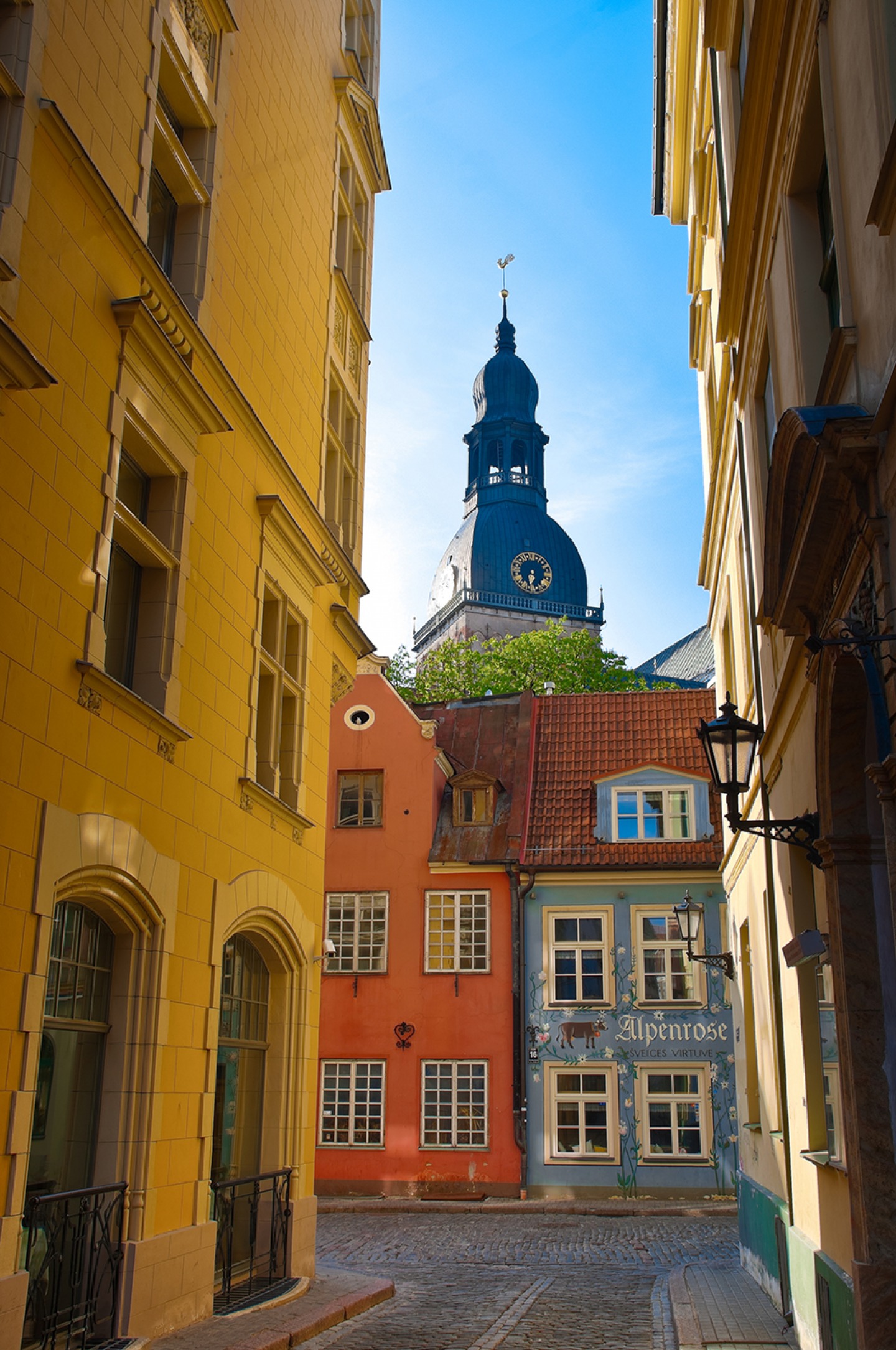
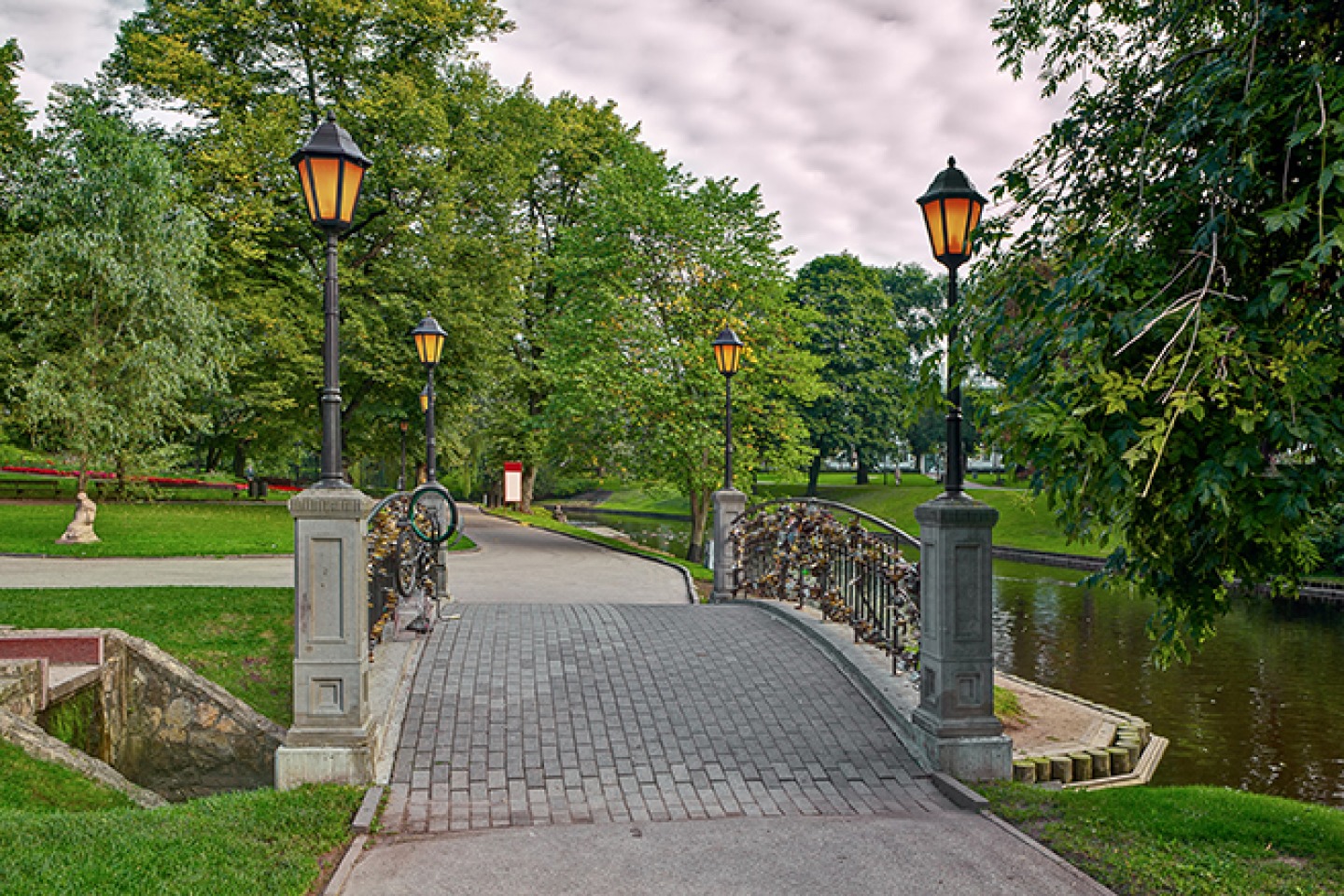
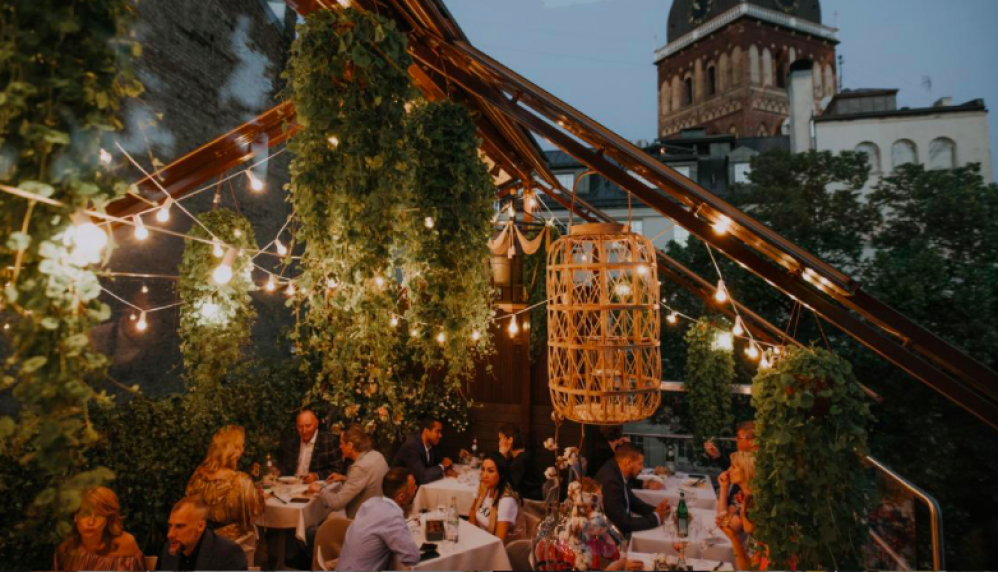
Eat Here
Just a few minutes from the famous House of the Black Heads, and opposite the Church of St Peter, Domini Canes is well known for its contemporary dishes all made using the best local Latvian produce, served alongside its extensive wine list. There’s an outdoor terrace for al fresco dining with a great view of the Old Town too.
dominicanes.lv
For a fine-dining experience where you can try delicious but unusual food combinations which transform your meal into more of a show, head to Vincents. Edible ants anyone? Luckily there is a vegetarian menu here too for the more fainthearted.
restorans.lv
Looking for a more laid back vibe? Kwakinn Belgian Beer Bar is a friendly local with a good, if smallish menu. Popular in the evening, it’s a great place to kick back after a day’s sightseeing. The Good Father is another good value haunt serving everything from fresh fish to venison and pizza.
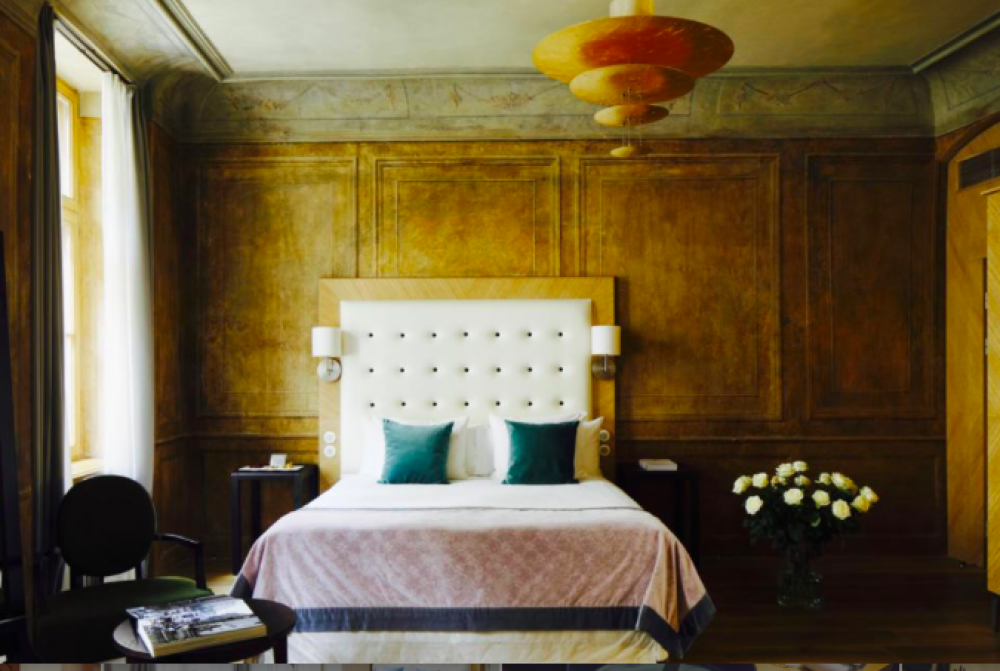
Stay Here
The stunning five star Grand Hotel Kempinski is perfectly placed within easy walking of all the sights in the charismatic Old Town. There’s a great restaurant, a rooftop bar and a spa too so you can relax after a day exploring this cultural hot spot.
The family friendly St Peter’s Boutique Hotel is close to many famous landmarks and the 22 spacious rooms all have flat screen TVs and free wifi. There’s a lobby bar but no on-site restaurant, although a continental breakfast is served daily and there are lots of great local restaurants nearby.
st-peters-boutique-hotel-riga.at-hotels.com
The Dome Hotel and Spa is a chic and cosy boutique hotel hidden away in an old 17th century town house, down a quiet street in the old part of the city. The hotel’s restaurant has an established reputation as the place for the best fish, regularly winning awards for chef Kristaps Stlis who trained at NOMA in Copenhagen. The stunning rooftop terrace has views over the stately cathedral and is open for al fresco dining between April and October.
Girona
The back drop for Game of Thrones series six, this medieval city is famous for its architecture, the walled Old Quarter, labyrinth streets and Roman remains of the Forca Vella Fortress.
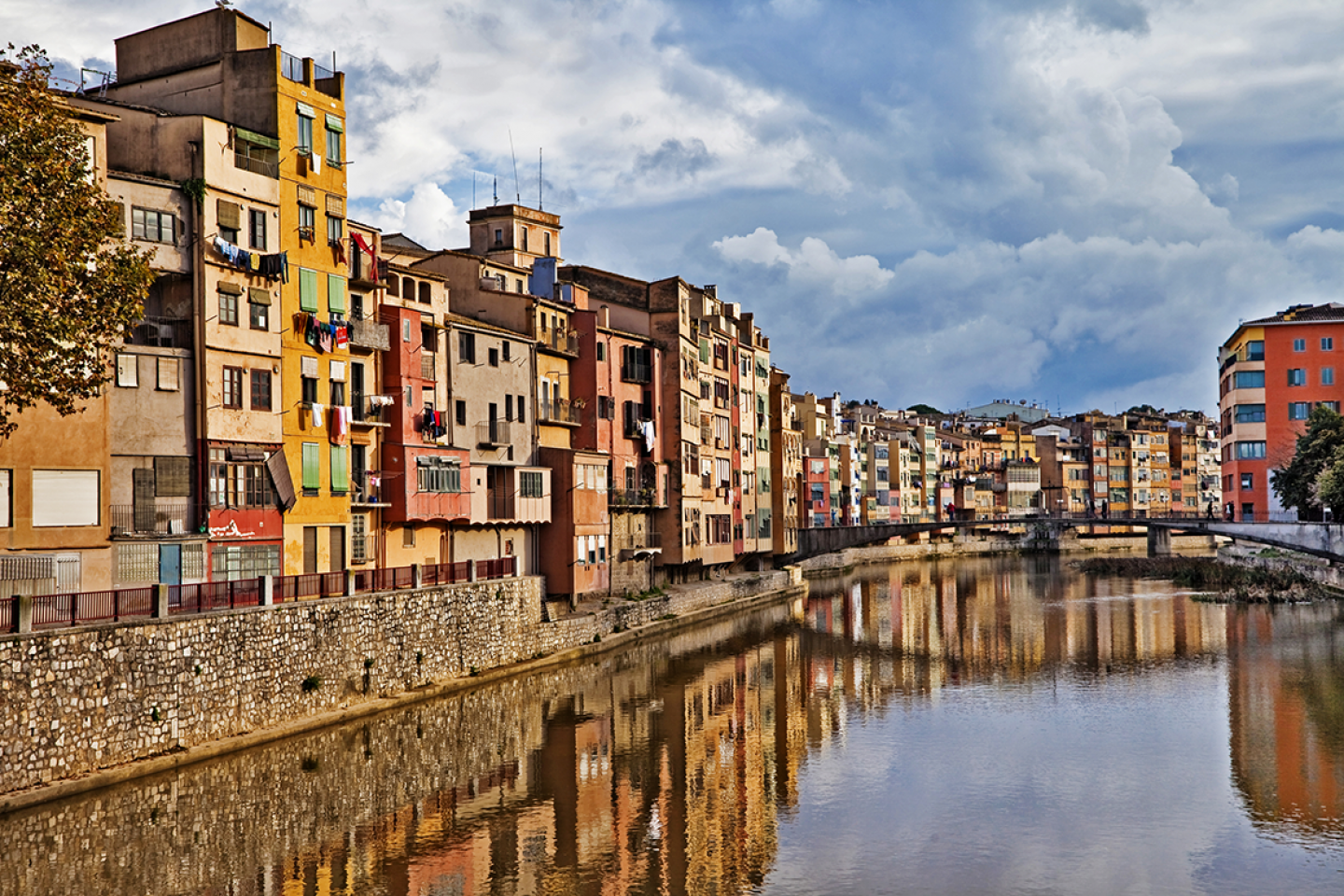
Why Go
Tucked between Barcelona and the Costa Brava, its narrow winding streets add to the timeless feeling of this atmospheric city. Walk the city’s walls which span the eastern edge of the old town. Punctuated by old watch towers, the views over the rest of the city from the walls are quite breathtaking and stretch to the Pyrenees in the distance.
Did you know that Girona also has a structure built by Gustav Eiffel? The Pont de les Peixateries Velles was built just before his iconic Eiffel Tower and spans the River Onyar which runs through the heart of the city. Stop on the bridge and admire the gaily painted houses which appear to hang over the water.
Girona’s Jewish Quarter is one of the best preserved in the world and the area in which they lived (until the 16th century), El Call, is a fascinating maze of narrow lanes which are still very much as they were 500 years ago. And it’s here, and Girona’s cathedral, which have become the must-sees of the city thanks to Game of Thrones. Girona is Braavos in season six, and the cathedral, which dominates the city skyline from its hilltop perch, featured heavily in the show. The only way into the building is to climb the long staircase (all 91 steps) up to its entrance, but the views from the top are worth it. The cathedral itself has a Romanesque tower and cloister, a Gothic nave and Baroque facade – an odd architectural mix that manages to be even more impressive as a result. Don’t miss the Art Museum in Cathedral Square which is home to historic and modern works, and the Museum of Jewish History at the bottom of the hill which retells the stories of the families that lived on the cramped alleyways of El Call for centuries until they were expelled in 1492.
Away from its famous film locations, Girona is a pretty city with plenty of cobbled streets and local cafés to explore. Take a seat in the 12th century Place del Vi and watch the rest of the world go by before getting lost in the winding streets which span out from this famous square, or head to the collonaded Plaça Independencia, lined with bars and restaurants, where the locals go for a nightcap. You’ll find smart shops in the Carrer Santa Clara, and the fascinating, award-winning Cinema Museum on Carrer Sequia.
Often described as a mini Barcelona, Girona is a lot less crowded as a destination and makes for a perfect base with the Pyrenees, Costa Brava beaches and beautiful Barcelona all an hour’s drive away.
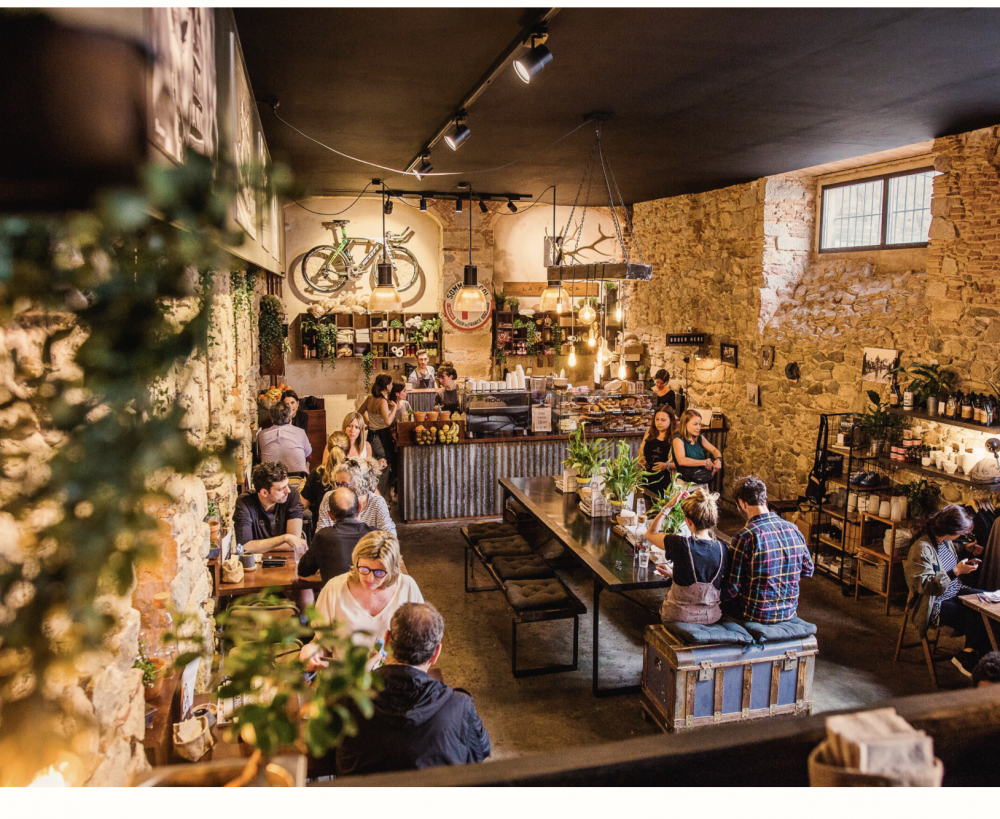
Eat Here
Three brothers run the acclaimed El Celler de Can Roca (it has three Michelin stars) where the kitchen is known for producing inventive dishes using traditional Catalan ingredients. Book well in advance for a seat in this quite spectacular restaurant.
cellercanroca.com
Divinum, in the old town, is a contemporary restaurant serving great quality food (the chefs here trained in the Roca kitchen) at affordable prices. Lunch especially is well worth trying as there are two competitively-priced set menus, both crammed with innovative dishes which make the most of the local produce.
dvnum.com
Opened by Canadian expats, La Fabrica serves great coffee sourced from specialist roasters, alongside a menu of delicious sandwiches and desserts served inside or on the café’s terrace in the middle of an backstreet alley. Run by a former professional cyclist (cycling is big in this part of Spain) there’s a two-wheeled theme going on here – but cyclist or not, the coffee is worth seeking out.
lafabricagirona.com
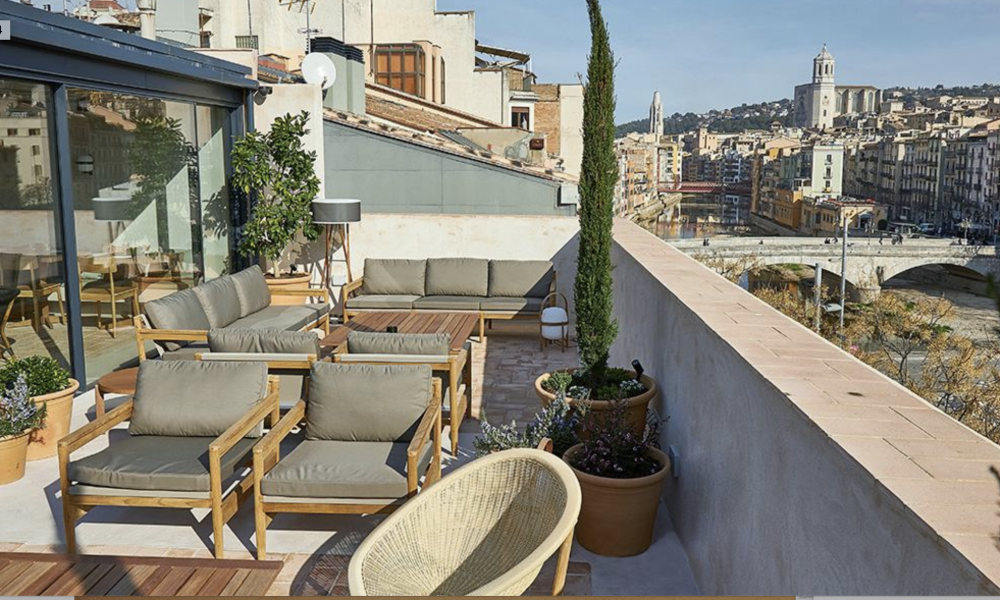
Stay Here
The boutique Hotel Casa Cacao, near the Plaça Independencia, has 15 spacious rooms filled with contemporary designer furniture and a wonderful roof terrace with panoramic views over the old town. Oh and did we mention, it’s a foodie’s paradise (the family’s restaurant El Celler de Can Roca has twice been voted the best restaurant in the world).
hotelcasacacao.com
The Nord 1901, in the commercial and historic heart of the city, has rooms and apartments, and is the only hotel in the centre to have a swimming pool and large garden. Family-run, it’s a great oasis in the midst of the bustling city.
nord1901.com
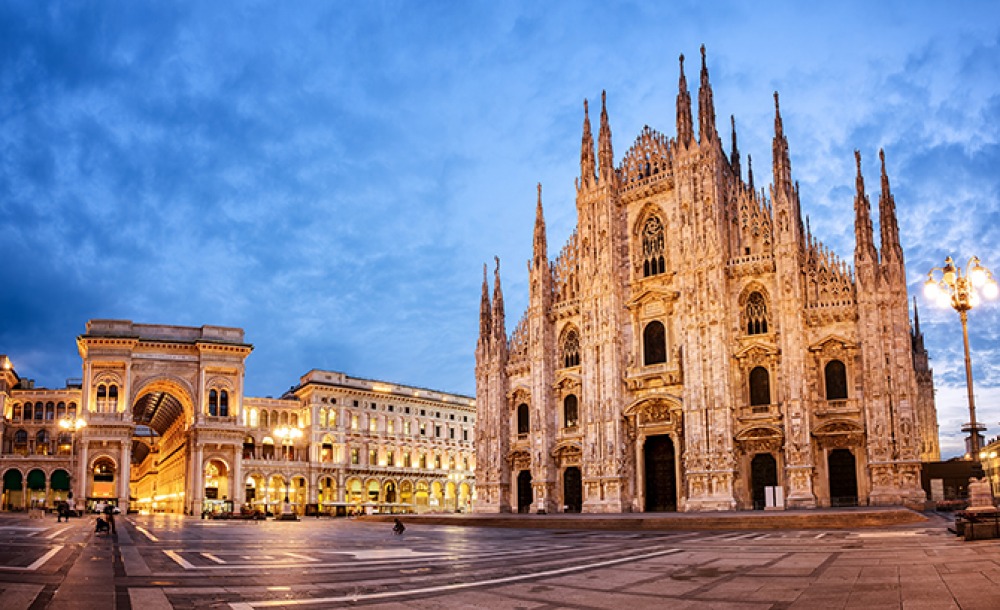
Milan
This fashionable Italian city has benefitted hugely from recent investment and tourism here is booming. Known for its pizza and shopping, it’s fast becoming a cultural hub.
Milan is a hard working city. It’s Italy’s business and financial centre, and design capital, but it is also home to da Vinci’s Last Supper, one of the finest opera houses in Europe, and visitors head to Milan in droves for the nightlife too.
Brera is the city’s bohemian quarter where you’ll find plenty of antique and art shops jostling for space alongside restaurants and bars. Grab a coffee and watch the hip students stroll by before heading to the historic Santa Maria del Carmine with its impressive art works, or explore the many independent fashion boutiques here which Milan is so famous for.
Milan’s Duomo is the city’s most important landmark. Right in the centre of the city, this magnificent Gothic cathedral dates back to the late 14th century. It is reputed to have more statues (3,400) than any other building in the world, it has a mesmerising sundial but it’s a visit to the top that is essential to appreciate Milan’s ever-changing skyline, and on a clear day you can see all the way to the snow-topped Alps.
Not far from the Duomo, Milan’s Castello Sforzesco, built in the 15th century, was once one of the largest citadels in Europe. Today, it is home to various museums and numerous important artworks. After you are done exploring here, walk out into Parco Sempione, one of the most beautiful parks in the city.
Constructed over hundreds of years, and with input from da Vinci himself, the city’s system of navigable and interconnected canals gave landlocked Milan more access to the outside world. Today, only a few are still in use, including the Naviglio Grande and Naviglio Pavese where a host of busy bars, restaurants and cafés have sprung up along the waterways. For a great tour at a leisurely pace join a boat trip and relax as you float past the city sights. If you are looking for something a bit different check out Backdoor 43 enroute at Ripa di Porta Ticinese 43 – the owners of this miniscule canal-side bar claim it is the smallest in the world (it is 13 square feet in total and seats just four) but you can pull up and order from the bar’s serving hatch.
Perhaps one of the most famous paintings in the world, da Vinci’s The Last Supper, is a must-see in Milan. Unlike frescoes, which are painted on wet plaster, da Vinci used tempera paints on a dry wall after sealing the stone and adding an undercoat of white lead to achieve greater luminosity. It’s emotionally quite overwhelming – despite the fact that Jesus’s feet were lost in 1652 following some renovations. If you do nothing else, make sure you leave time to admire and appreciate this incredibly familiar work of art.
Commissioned by Archduchess Maria Theresa in the late 18th century after a fire had destroyed the original Teatro Regio Ducale, the Teatro alla Scala has remained as one of the finest opera theatres in Europe and a focal point for Italian and European culture. All red velvet and gold, if you can, try and take in a performance here, but if you can’t, do visit the museum, home to artefacts and memorabilia from the world’s greatest performing artists.
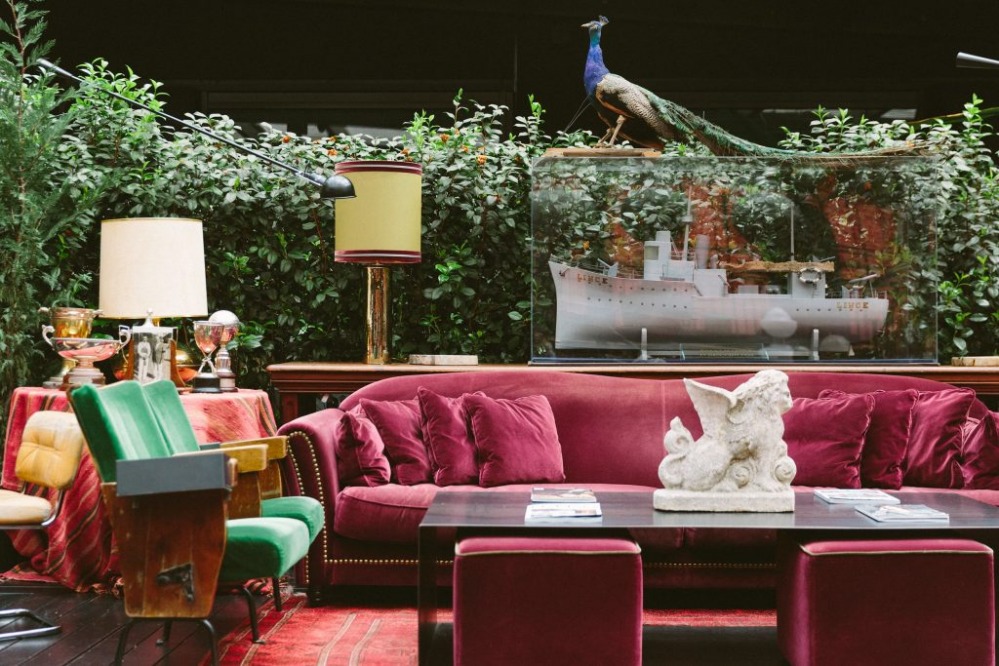
Eat & Drink Here
The art of aperitivo is something of an institution in Milan, and no visit to the city would be complete without partaking in this pre-dinner ritual. The tradition started in the late 19th century, when Gaspare Campari, intent on serving a drink that stimulated rather than spoiled the appetite, began serving his eponymous bitter aperitif, and it is a must-do at any one of Milan’s many bars.
The MAG café on the busy Ripa di Porta Ticinese is a popular local hang out with revellers spilling out on to the canalside. The interior has lots of quirky character but they are really renowned for their cocktails. Mixology is treated an an art here and this is the place for the best Classic Negroni, or try their signature Giappone; gin, shiso, sage cardamom, lime absinthe and ginger beer.
magcafemilano.myadj.it
The Doping Club (strange name we grant you) is where award-winning barchemists (that’s what they call their mixologists here) take you on a journey creating their craft cocktails using herbs, botanicals and homemade spirits. It’s a fun and relaxed bar, packed to the brim with sporting memorabilia. They also do a great Sunday brunch with live jazz and Italian bubbly on tap.
thedopingclub.com
There are four outposts of God Save The Food across Milan, where hip young Italians go for their healthy salads and veggie bowls. But there is pizza here too, and a great Club Sandwich is permanently on the menu. Whether you want to chill a little, or grab and go, this is a great place for something a little lighter than many Milanese restaurants will offer.
godsavethefood.it
Trippa Trattoria Milano has rave reviews for its food and top notch wine list. It’s small, but very friendly, and the staff are on hand to guide you through the ever-changing seasonal menu which specialises in offal, and the extensive wine list.
trippamilano.it
Near to the Teatro alla Scala, the two Michelin-starred Seta is in the Mandarin Oriental hotel. It’s Italian fine-dining at its best, fusing traditional techniques with an innovative approach all accompanied by a wine list with an emphasis on Italian wines and champagnes.
mandarinoriental.com
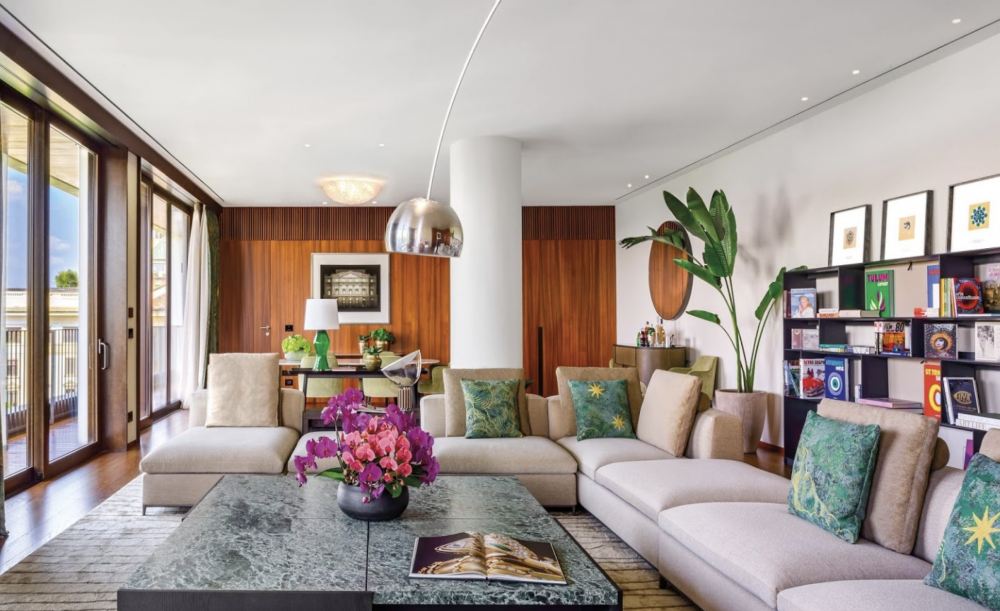
Stay Here
The suitably chic Buglari in the city’s Brera district is the only hotel within the city to have a garden. The design, as you would expect, is impressive – all black marble and wood, with contemporary art on the walls and loads of attention to the smallest of details, but alongside the tree-fringed garden, it’s the spa with its pretty pool which is the stand out feature here.
bulgarihotels.com
Just five minutes from the Duomo, the 19th century palazzo Hotel Straf is Milan’s most avant-garde hotel and the bold, unconventional rooms here showcase concrete walls, black-stone baths and lots of luminous copper panelling. The interiors are cool and the guests cooler, making it a great place for people watching in designer comfort.
straf.it
Top models and serious shoppers check in at the Four Seasons right in the middle of the Quadrilatero D’oro, where all the big-name boutiques are found. The Renaissance frescoes in the lobby are original, as is the 15th-century cloister where you can grab a table and a glass of something chilled and admire all your purchases.
fourseasons.com
Opulent, stylish and indulgent, this grand daddy of a hotel (it opened in 1863), the Grand Hotel de Milan is littered with priceless antiques and paintings, including a portrait by De Pisis, and has 77 stunning rooms and 18 suites, some of which are dedicated to famous guests such as Giuseppe Verdi, and is still very much the haunt of the most famous names in entertainment, culture and fashion. Even if you don’t book a room, book a table in the Caruso Restaurant with its beautiful jardin d’hiver.
grandhoteldemilan.it




